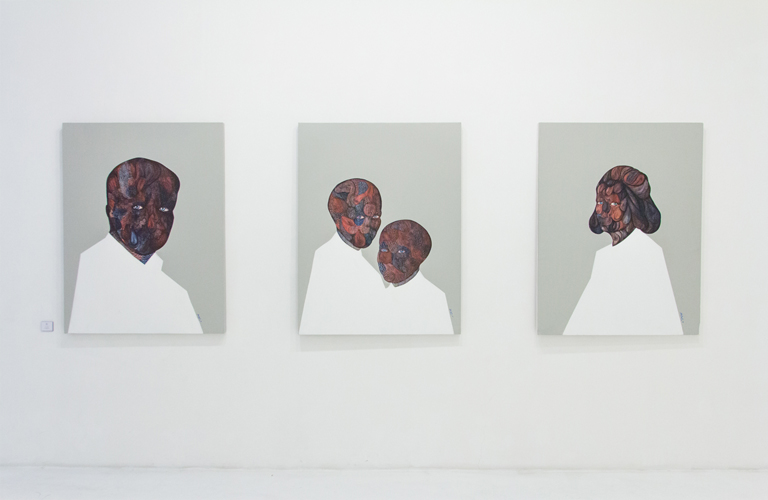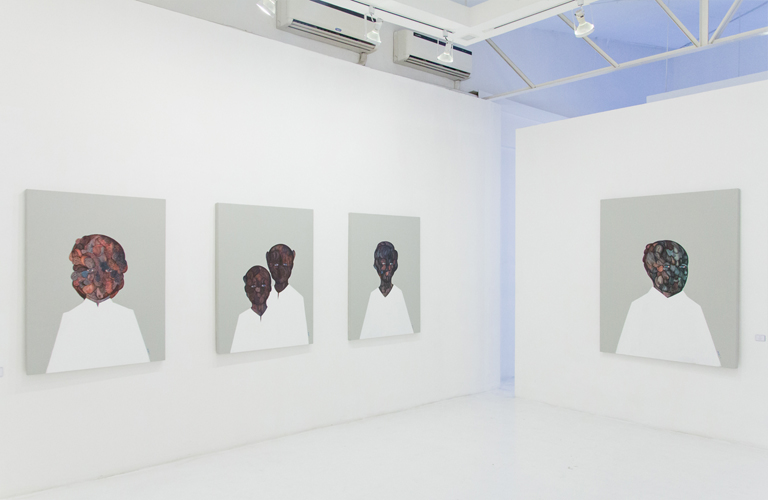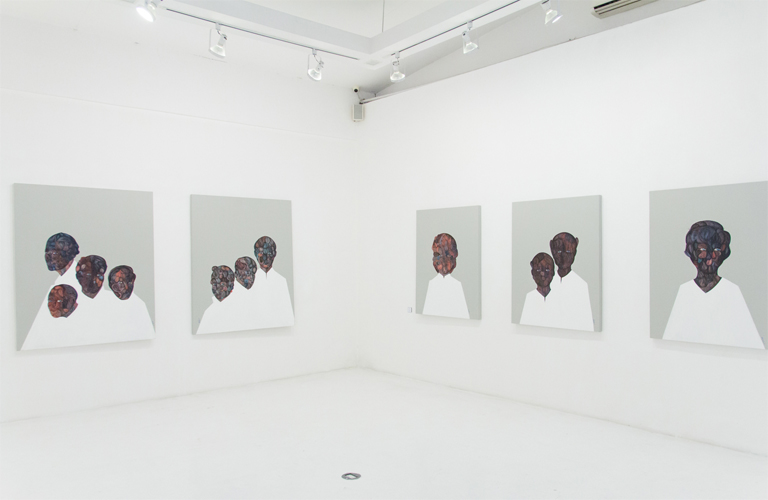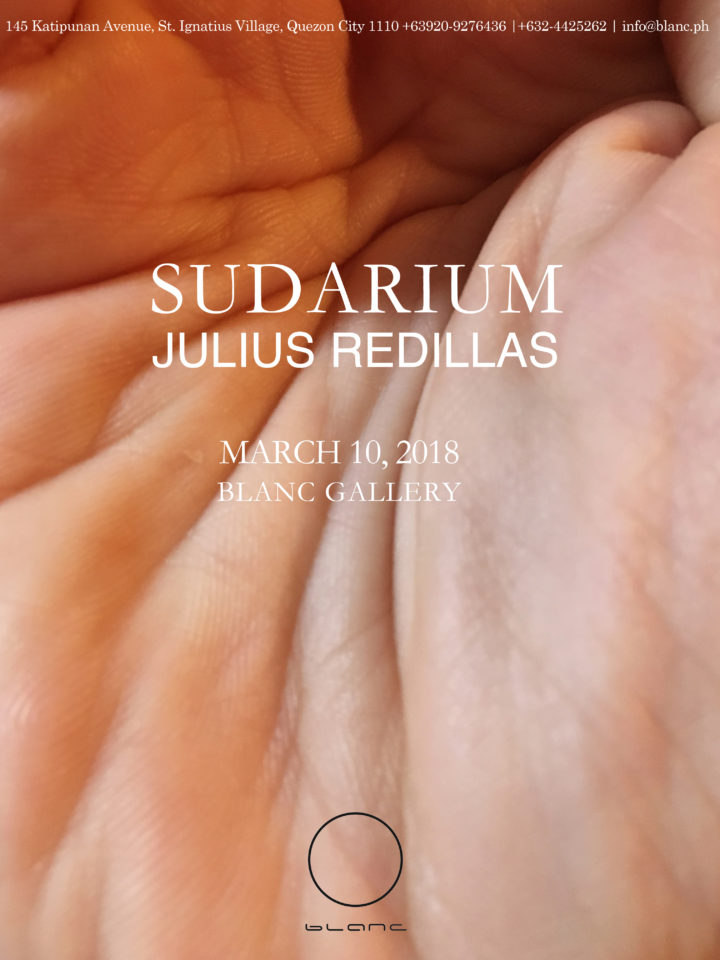
Canvas for Tears
Artist Julius Redillas presents a new batch of portraits for Sudarium, the title of his 2018 solo exhibition, an addition to his installment of shows tackling themes of power and identity. Through his recent solo exhibitions, he has touched on a curse we as Filipinos and as citizens of the digital era have yet to win over. It is within the same unabated framework that he conceptualized Sudarium.
In this exhibition, with portraits alluding the idea of death not to that of a glossy afterlife but to its more earthly facet which is decay, Redillas strives to communicate in the context of the ways these works may bring forth questions about its potential role in our lives and struggles.
Pedantic, cascading spirals of organic forms resembling decaying wounds with clumps of muscle fibers and magnified clusters of cells executed in linear strokes of thinned earthy red tones devour the portraits’ heads shrouding them from identification. With titles such Img_1, Image 2, and so on, the artist reinforces this veil of anonymity. Upon close inspection, one recognizes that the grotesqueness is subdued and that an undeniable elegance pulsates with the subjects poised and dignified in their solidly flat, intensely angular, impeccably white clothes as if starched, so sterile and crisp. Cutting the spaces vertically and horizontally, each medium-shot portrait abound, with noticeably spacious headrooms, on an achromatic grey background. The scale of the canvases subverts our prescribed consciousness in the digital age, which is mostly limited to just a few inches, imposing an overall effect that is immersive. It exhorts a way of seeing that opens possibilities of making oneself vulnerable to the portraits’ sympathetic stance before diving into the hypnotic vacuum of their melancholic gaze. Viewed as a group, it resembles a polyptych reminiscent of class pictures or employees-of-the-month boards in some school or factory which seems to give us hints about the marginalized class background of the subjects.
With this dynamics of the flat and textural elements in the portraits coalescing with the conceptual framework, the artist is taking portraiture to the next level.
Recently, Redillas has been fascinated by various themes such as alienation and anxiety in Franz Kafka’s worlds of entrapping, bureacratic systems.The artist has spoken about the influence of the opening of Kafka’s novel The Metamorphosis on the overall mood of his portraits. The opening excerpt reads: “One morning, when Gregor Samsa woke from troubled dreams, he found himself transformed in his bed into a horrible vermin. He lay on his armour-like back, and if he lifted his head a little he could see his brown belly, slightly domed and divided by arches into stiff sections. The bedding was hardly able to cover it and seemed ready to slide off any moment. His many legs, pitifully thin compared with the size of the rest of him, waved about helplessly as he looked. ‘What’s happened to me?’ he thought. It wasn’t a dream.” The demise of the novel’s main character deciphered as being an expression of his deprived existence shows motifs of self-abnegation which somehow we can associate to the demise of the subjects in his portraits—that is, the majority of our people.
For years, artist Julius Redillas has been doing portraits, not of individuals, but in fact of our collective soul as a people. The artist’s attempts at tackling subtextual themes that deal with, but not without limitations, the great truths in the society is essential to combating the pernicious effects of our acclimitization to its evils. Our struggles with our social and economic maladies framed by the tremors of neoliberal patronage, and with our own misguided subservience and resilience, and dangerous subscription to idolatry, among others, might one day be lost draining from our perforated memories.
As opposed to being a memento mori, or a reminder of the inevitability of death, Sudarium gives us portraits that demonstrate a breadth of experience that may accompany us in contemplating on the ugly residuals of our insecurities and struggles as a nation beset with centuries-old problems and currently backed by a regime whose sincerity, based on its many inconsistencies and idiosyncratic practices, we have misgivings about.
There are various plausible ways to approach the portraits in Sudarium. In any case, there is no exhortation of solutions for the victims of decay or of exposing the system’s cruel essence. Nor is it a dilution of art as mere forms of entertainment for doing so amid darker times would be to obscure politically significant issues. Just as Christ’s sweat, tears and blood (on his way to Golgotha) were wiped off by Veronica’s veil leaving an imprint of his suffering—a testament to the suffering of the most well known activist in the history of mankind—what the works offer instead is one of the simplest manifestations of compassion and love, sympathy. It is a sympathy that does not pretend that all is well; a sympathy that does not try to disguise a well-enshrined scar; a sympathy that acknowledges that we are tired and fed up.
And why not? When love after all is what powers genuine change and revolutions, it could be just what we really need as a people whose every day is like a step toward crucifixion.
—R.Coronel
Works
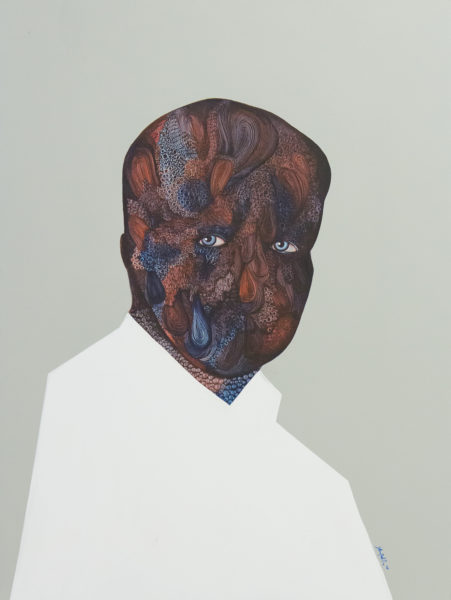
IMG_1
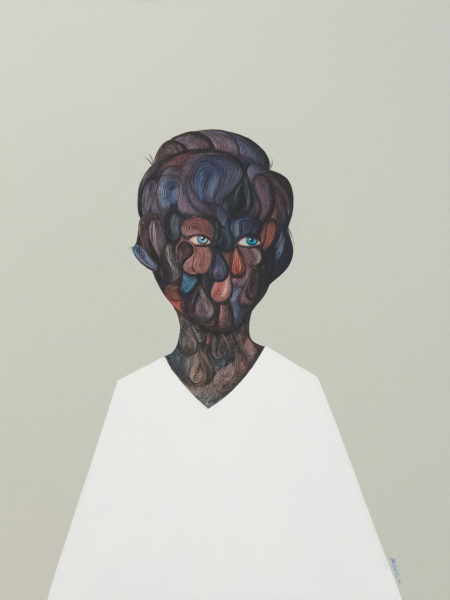
IMG_2
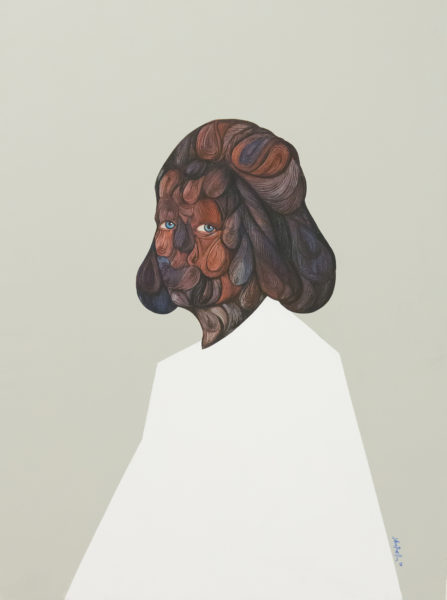
IMG_3
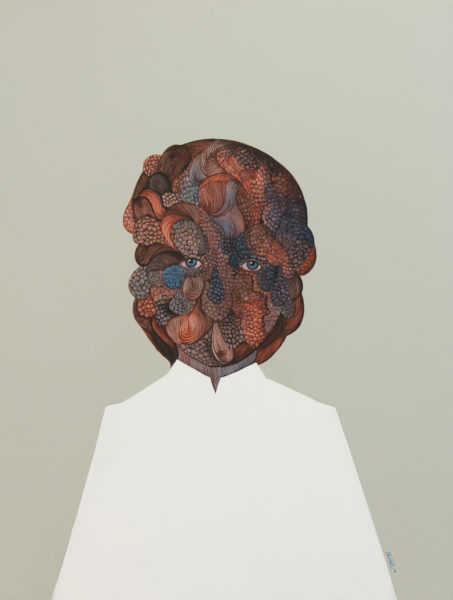
IMG_4

IMG_5
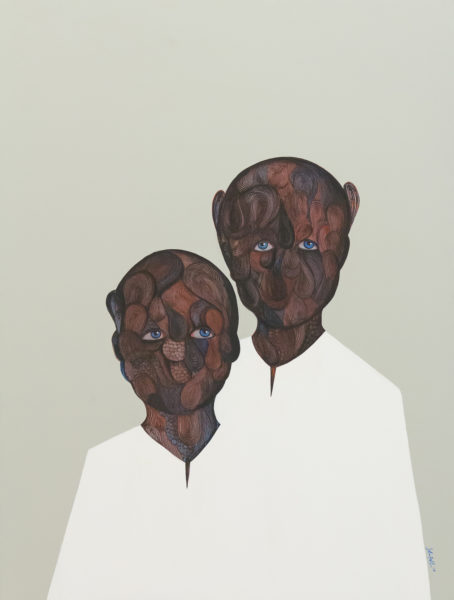
IMG_6
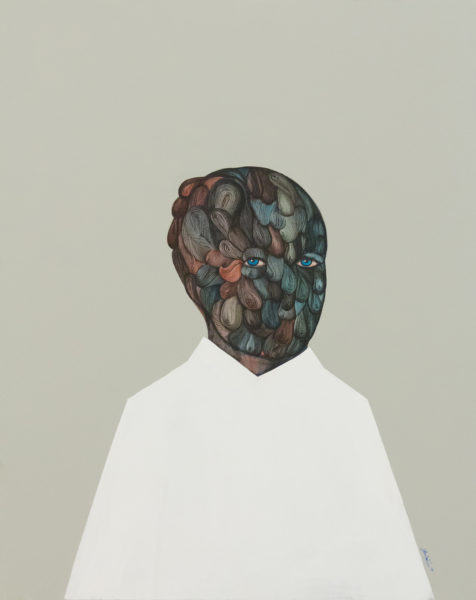
IMG_7
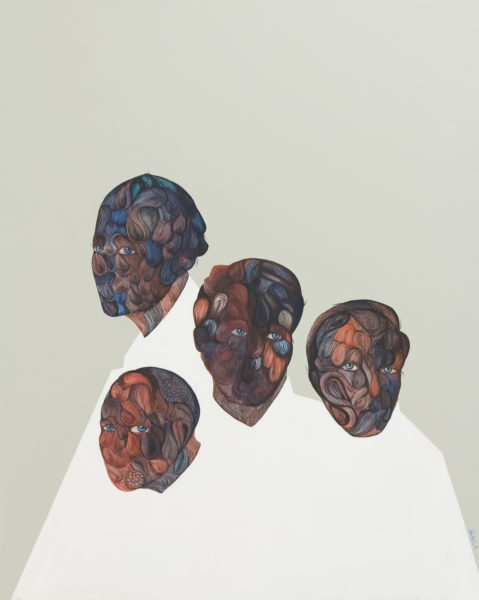
IMG_8
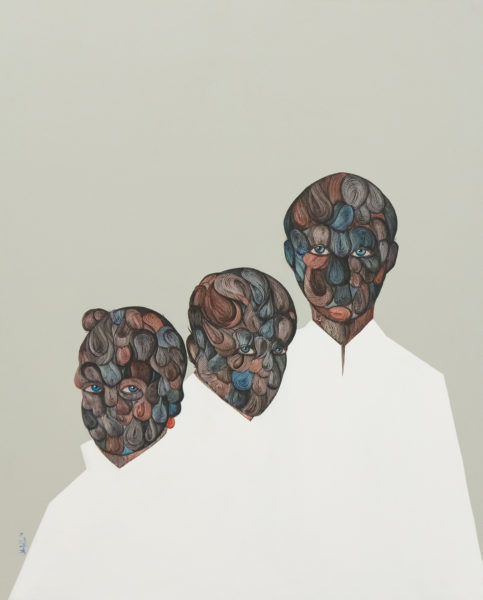
IMG_9
Documentation
